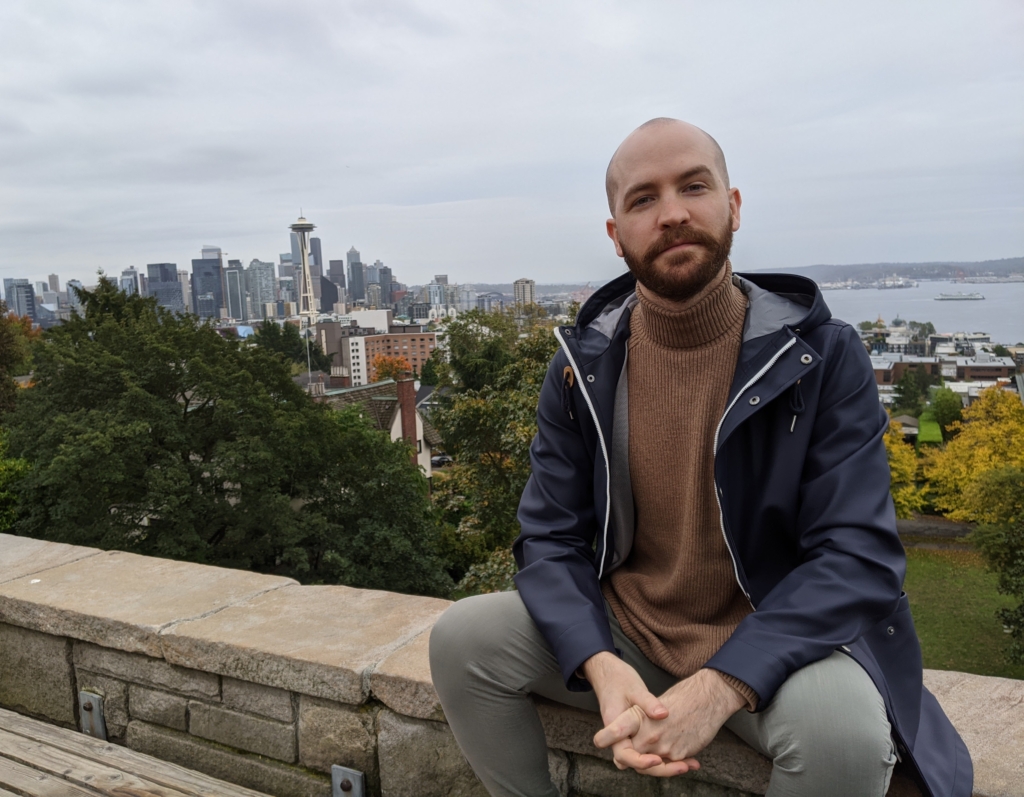
Justin Bunnell
Oregon State University ‘23
Master of Public Health—Environmental and Occupational Health
“What is the best way to teach young workers about safety?” This was the question I kept asking myself while working with O[yes] on developing safety training material for young workers. This past fall I had the opportunity to complete an internship with O[yes] where we planned and executed a project to develop an OSHA 10 training program for young workers that incorporated the National Institute of Occupational Safety and Health’s (NIOSH) “Talking Safety” curriculum—termed “OSHA 11.” While NIOSH’s “Talking Safety” material was originally developed to be provided to young workers, OSHA 10 material is traditionally taught to adults, so I found a substantial amount of my internship was spent trying to answer the previously posed question. Luckily, I was able to consult O[yes]’s network of safety professionals, who have experience teaching young workers, to help in the creation of this safety program that I hope will improve the courses being provided to young workers in Oregon.
The most significant focus in the creation of this training material was structuring the “OSHA 11” program in a hazard-based format and away from the compliance focus of OSHA 10—something that would not be as relevant to young workers. Unfortunately, many young workers take on positions that are seasonal or temporary, fields that already carry increased risk, or they are simply unaware of the protections afforded to them in the workplace—it was important to develop the training in a way that addressed some of these areas of concern. While some aspects of the training stayed, such as the responsibilities of a worker and the duties of an employer, there is a much greater emphasis on hazard recognition, controls and avoidance, and increasing self-agency among workers. Input from credentialed trainers who provide OSHA 10 training to young workers was a fundamental aspect of creating this material and I’d like to take this moment to thank them for their contribution—thank you!
As an Oregon State University Master of Public Health student, with a focus in Environmental and Occupational Health, I wanted an internship that would help me develop skills I could use as I transition from being a student to working as an occupational health and safety professional. While much of my coursework focused on interdisciplinary efforts and teamwork, working in environmental and occupational health is sometimes an individual endeavor that does not provide an opportunity for consultation. My internship with O[yes] allowed me the opportunity to be more self-guided and work through problems on my own (with a little outside help!) and ultimately, I feel more prepared to start a career in occupational health and safety than before I completed this project.
Because I am just a graduate student, I undertook this project with the intention of creating training material that could be easily revised, as much of the other young worker training material that had been developed previously has not been updated or revised in some time—something that several trainers voiced frustration about. Ultimately, trainers and experienced safety professionals will have better ideas on activities to incorporate into the program, how to deliver the material, and how to keep young workers interested in learning about safety—they are the ones who can really make this safety program something great. My hope is that this material, once it is presented by O[yes], can help further the work that is being done on improving the safety of young workers and inform the creation of even better training material in the future!

